A sure-shot way to groom the next generation for education is to promote critical thinking. Yes, there’s a lot to learn in terms of curriculum and textbooks, but education is more than that. Other skills that include how to get along with peers and work well with others must be honed too. This is not something that can be cultured through memorization or with strategically placed posters.
Cooperating and peer engagement should be practiced by students in order to improve social dynamics.
Here are ten team building games that promote cooperation and communication to establish a positive environment in the classroom along with a fun reprieve from a monotonous schedule.
1.Egg Drop
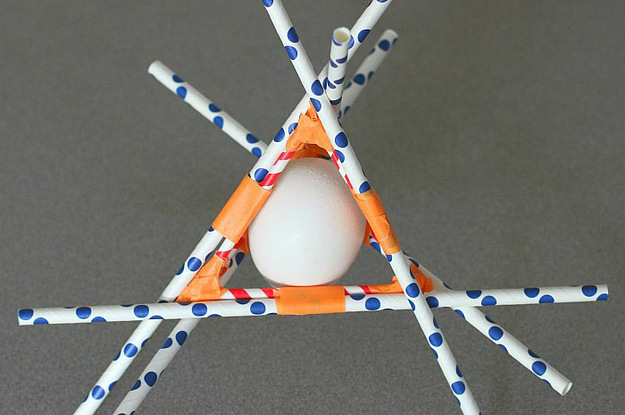
This activity is more suitable for older children who can follow safety instructions as it can get messy working with raw eggs. The aim of this exercise is to find a way to save the egg in a creative collaboration. It could involve finding a soft landing spot or creating a device that could guide the egg safely to the ground. There’s a lot of space for the children’s creativity along with problem-solving abilities to kick in.
2. Minefield
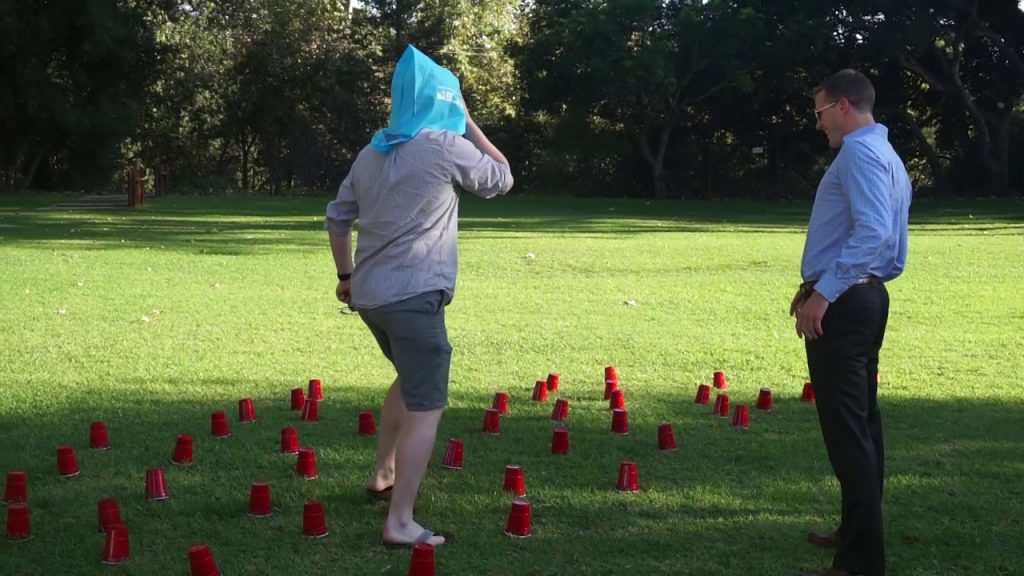
Another classic team-building game, Minefield builds communication and trust among the students. It includes the arrangement of some sort of obstacle course and divides students into teams. Students take turns piloting the “minefield” while blindfolded, with only the guidance of their teammates to steer them. To make it more interesting, you could also ask students to use certain words or clues to make it challenging or content-area specific.
3. Zoom
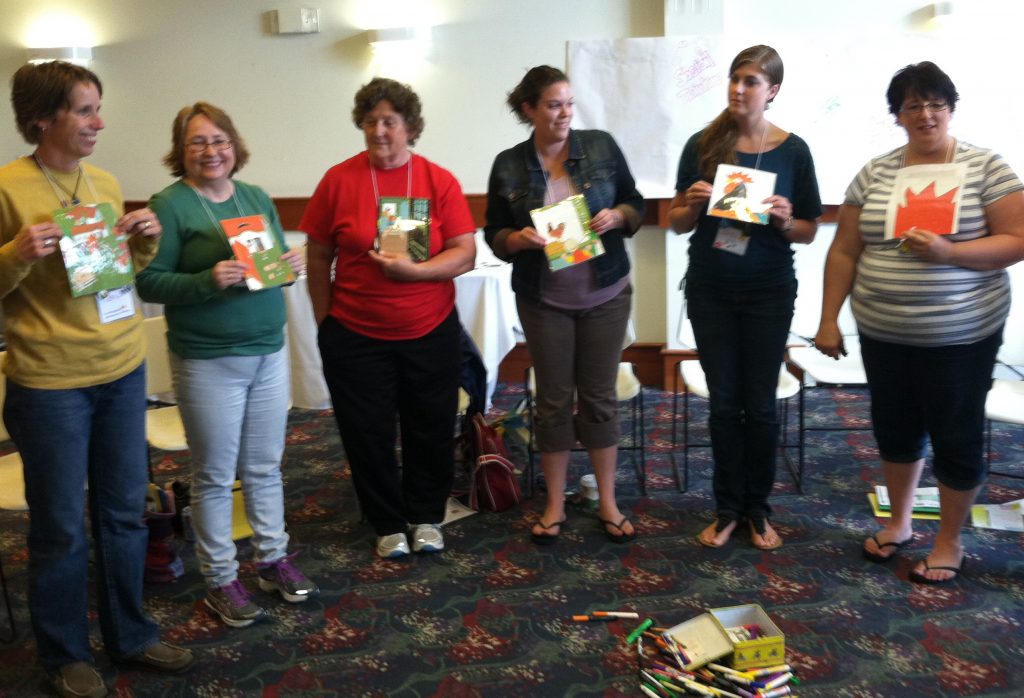
Zoom is a standard schoolroom cooperative game that promotes communication and creative collaboration. The students must simply form a circle and each must take a unique picture of an object, animal or anything else. A story is then introduced which must incorporate whatever happens to be on their assigned photo. The next student continues the story, incorporating their photo, and so on.
4. The Worst-Case Scenario
In this game, a scenario must be fabricated in which students would need to work together and solve problems to succeed. For example, being stranded on a deserted island or getting lost at sea. They must work together to create a solution that ensures everyone arrives safely. This instills better communication and problem-solving. You could ask them to come up with a list of 10 must-have items that would help them most, or a creative passage to safety. Everyone must agree to the final solution, therefore you should encourage them to vote.
5. If You Build It
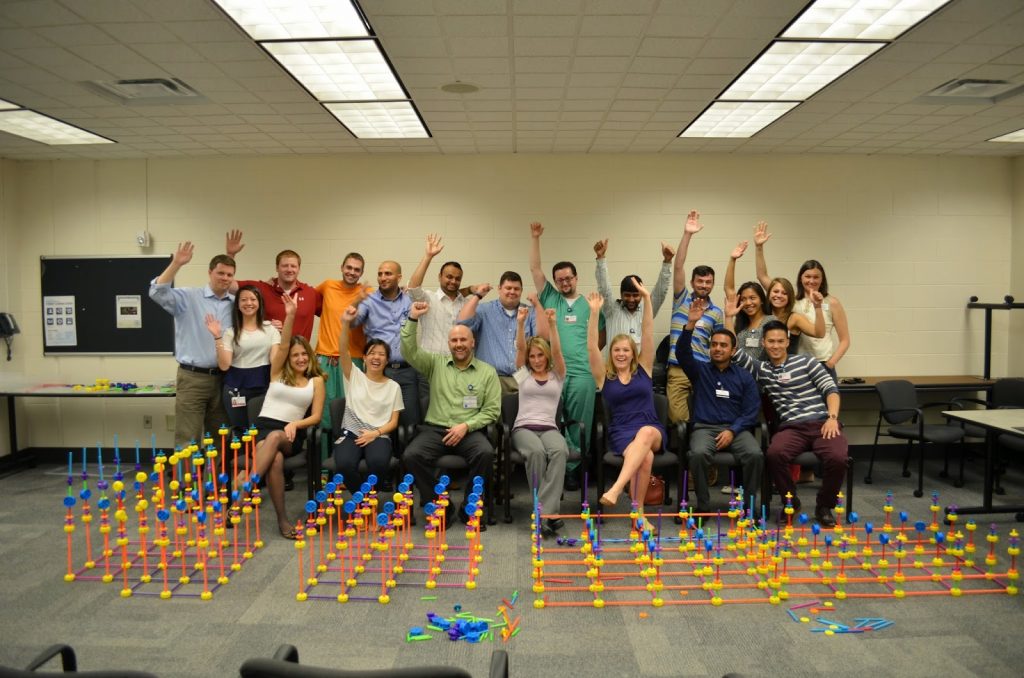
A flexible game that encourages communication and problem-solving, the ‘If you build it’ activity can be reused throughout the year by changing the materials to specific content areas. Divide the students into teams and give them equal amounts of material like blocks or dried up spaghetti or marshmallows. Using these materials, the students must construct something as a team. It could be a building or a castle or a car, for that matter.
6. A Shrinking Vessel
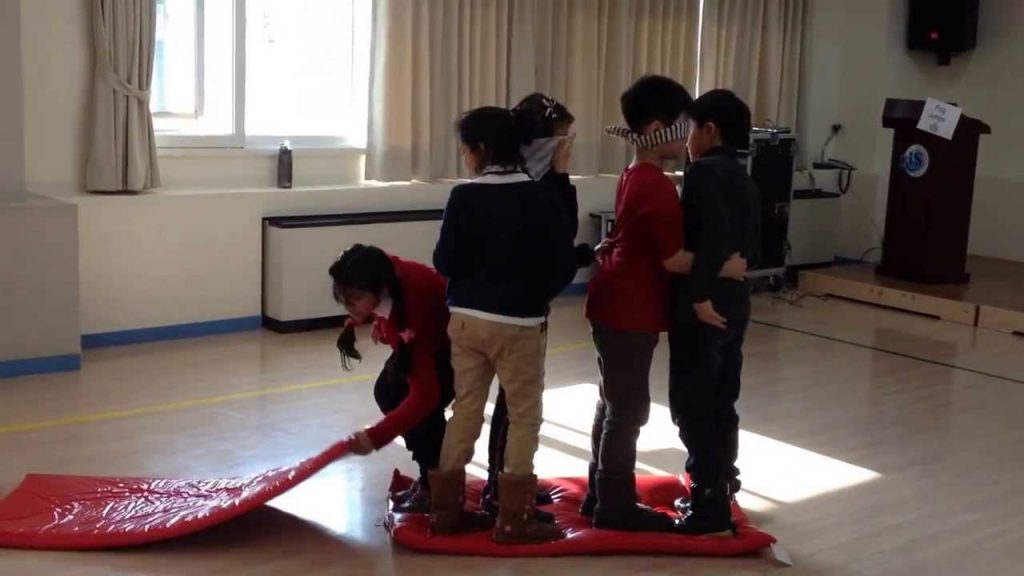
In addition to teamwork, this game requires a good deal of strategy. The rules might seem simple but it is deceptive in that aspect. With a good amount of creativity, and problem-solving, the entire group must figure out a way to fit in a space that shrinks over time, until there’s no room left. The boundary can be formed using a rope, a blanket or small traffic cones.
7. It’s a Mystery

Who doesn’t love a good mystery? Designing one that requires the students to hone their problem-solving skills and their communication game, will, in turn, promote cooperation. Each student gets a numbered clue, which would entail them to work together to solve the clues in order. To make it more engaging, the mystery could be devised in such a way, that the students could move from one area to the next, uncovering clues along the way.
8. 4-Way Tug-of-War
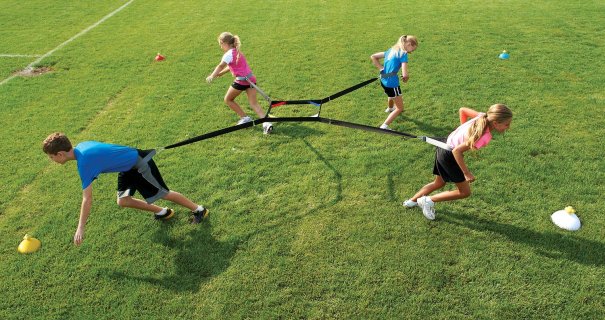
Including a little sportsmanship in a teamwork classic, this game is reasonable and easy to implement. To make it more interesting, the ropes must be tied in such a way that three to four teams must participate to tug at once. Another variation could be that some teams could eliminate other teams in a classic tug of war before going head to head.
9. Keep it Real

A simple concept that advocates communication and problem-solving, this open-ended model serves as an excellent test to students. Challenge students to detect and compliantly solve a real problem in their schools or communities. Certain strictures like the time limit, materials, and physical boundaries could be set to help the students gauge their bounds.
10. Go for Gold
Similar to ‘If you build it,’ the teams in this game have a common objective, but instead of having access to only one material, they have a whole supply of materials to choose from. Steps can be devised by teams to create a machine or something that would need some creative collaboration and communication on the student’s part.
Textbook education has its importance, but educators must ensure that students are engaging with each other in eloquent ways. Team-building exercises are a great way to help a child open up their creative side and kick start those wheels that could add to their skill sets.





























